Home>Garden Essentials>How To Germinate Forget-Me-Nots
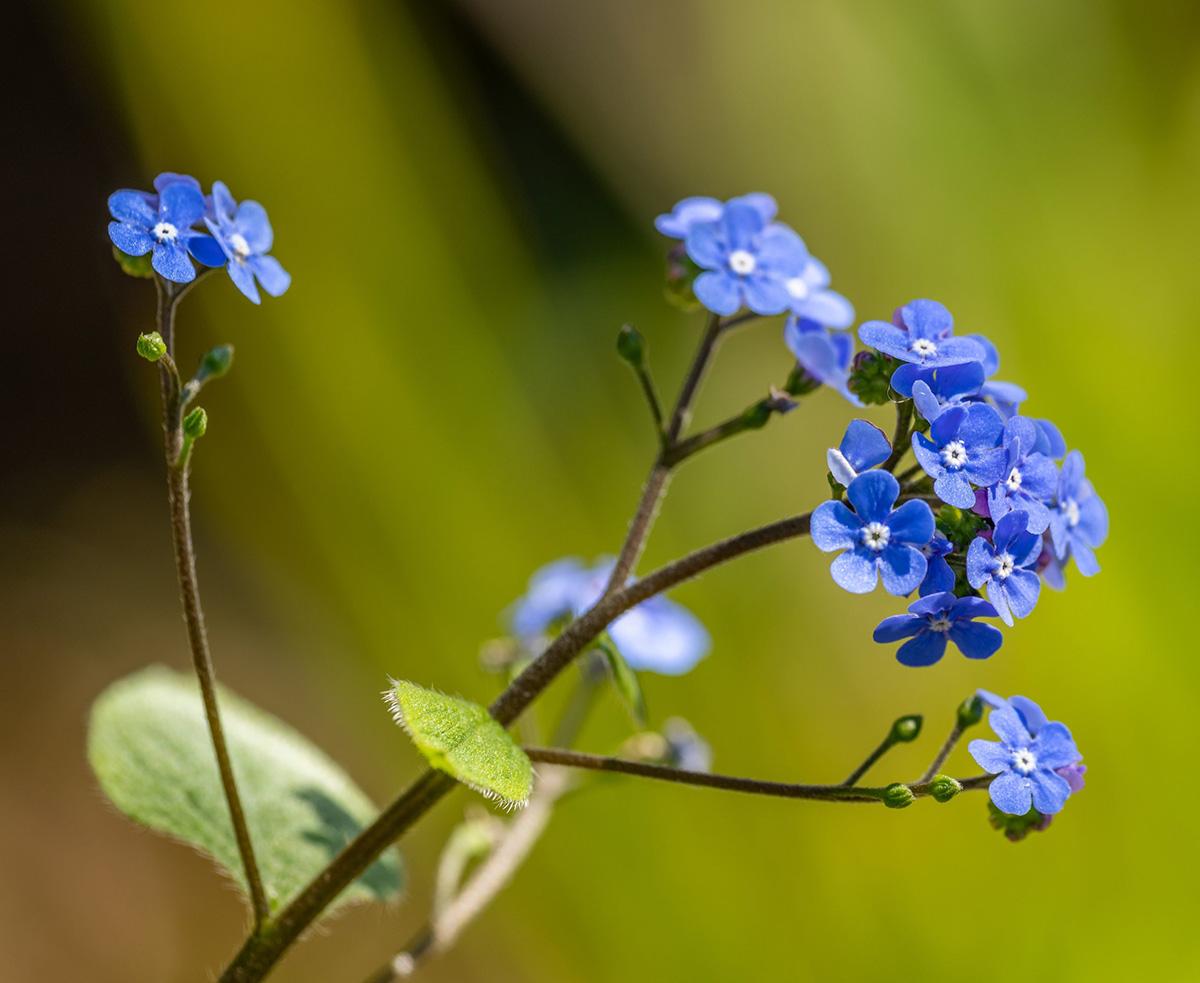

Garden Essentials
How To Germinate Forget-Me-Nots
Modified: March 24, 2024
Learn how to germinate forget-me-nots in your garden with our step-by-step guide. Enjoy beautiful blooms with this easy planting technique.
(Many of the links in this article redirect to a specific reviewed product. Your purchase of these products through affiliate links helps to generate commission for Storables.com, at no extra cost. Learn more)
Introduction
Welcome to the world of gardening, where nature’s beauty flourishes, and the scent of fresh blooms fills the air. If you’re looking to add a touch of charm to your garden, forget-me-nots are an excellent choice. These delicate, sky-blue flowers are not only visually captivating but also carry a rich symbolism.
Forget-me-nots, scientifically known as Myosotis, are a perennial herbaceous plant that belongs to the Boraginaceae family. They are native to Europe but have now spread across various regions of the world. These enchanting flowers have gained popularity due to their easy cultivation, long-lasting blooms, and ability to self-sow, making them a favorite among gardeners.
With their small, dainty flowers and rounded leaves, forget-me-nots are perfect for adding a touch of nostalgia and romance to any garden. They are commonly used in rock gardens, borders, containers, or even as ground cover. Whether you want to enhance the beauty of your landscape or create a whimsical ambiance, forget-me-nots will not disappoint.
In this article, we will take you through the process of germinating forget-me-not seeds and cultivating these delightful flowers in your garden. From understanding the different types of forget-me-not seeds to providing the ideal germination environment and caring for the plants, we will cover everything you need to know to successfully grow forget-me-nots.
So, put on your gardening gloves, grab your trowel, and let’s dive into the wonderful world of forget-me-nots!
Key Takeaways:
- Forget-me-nots are charming, low-maintenance flowers with rich symbolism. Select high-quality, fresh seeds, and provide the right germination environment for successful growth.
- To grow forget-me-nots, sow seeds in early spring, maintain consistent moisture and temperature, and transplant seedlings into well-draining soil. Care for the plants by watering, fertilizing, and monitoring for pests.
Read more: How To Plant Forget-Me-Not Seeds
Understanding Forget-Me-Nots
Before diving into the process of germinating forget-me-not seeds, it’s important to have a basic understanding of these charming flowers. Forget-me-nots are known for their delicate, five-petaled flowers that come in shades of blue, pink, or white. The most common type is the true forget-me-not (Myosotis sylvatica), which features beautiful clusters of small, sky-blue flowers.
Aside from their visual appeal, forget-me-nots hold symbolic significance as well. These flowers are associated with remembrance, friendship, and true love. They have been used to represent loyalty and enduring connections between loved ones, making them a popular choice for gift-giving and commemorative occasions.
Forget-me-nots typically grow to a height of around 6 to 12 inches (15 to 30 centimeters), forming a low mound of foliage. Their leaves are small, elongated, and covered in fine hairs. The flowers themselves are just as dainty, measuring about 1/4 to 1/2 inch (0.6 to 1.3 centimeters) in diameter.
When it comes to their habitat, forget-me-nots thrive in cool, moist climates. They prefer partial shade but can tolerate some sun, especially in cooler regions. These plants are adaptable to a wide range of soil types, as long as the soil is well-draining and rich in organic matter. They are also known for their self-seeding ability, which allows for their continuous presence in the garden year after year.
In terms of their life cycle, forget-me-nots are biennials or short-lived perennials. This means that they typically complete their life cycle within two years, flowering and setting seeds in the second year before eventually dying back. However, due to their self-sowing nature, new plants will often emerge from the dropped seeds, ensuring a consistent display of blooms in your garden.
Now that you have a better understanding of forget-me-nots, let’s explore how to select the right seeds for germination and start cultivating these enchanting flowers in your garden.
Selecting Forget-Me-Not Seeds
When it comes to selecting forget-me-not seeds, there are a few factors to consider to ensure successful germination and growth. Here are some tips to help you choose the right seeds for your garden:
- Seed Type: Forget-me-not seeds are available in various types, including true forget-me-nots (Myosotis sylvatica) and other related species. The true forget-me-nots are the most common and widely recognized for their sky-blue flowers. Consider the specific type of forget-me-not you prefer and search for seeds accordingly.
- Quality: To ensure good germination rates and healthy plants, it’s crucial to select high-quality forget-me-not seeds. Look for reputable seed suppliers or nurseries that specialize in flower seeds. Check for information on seed quality and any guarantees or certifications that indicate a reliable source.
- Freshness: Freshness plays a vital role in seed viability. It’s recommended to choose seeds that are relatively fresh. Look for seed packets with a recent harvest date, as fresher seeds have a higher chance of germinating successfully.
- Packet Information: Read the information provided on the seed packet. It should include details about the variety, planting instructions, and any specific requirements or considerations for that particular type of forget-me-not. Make sure the packet contains sufficient information to guide you through the germination and growing process.
- Quantity: Consider the amount of seeds you need based on your desired garden size. Smaller gardens may require just a few seeds, while larger areas may warrant a higher quantity. It’s always good to have some extra seeds on hand in case of failures or to sow in subsequent years.
- Organic or Non-GMO: If you prefer to grow your plants organically or avoid genetically modified organisms (GMOs), look for organic or non-GMO forget-me-not seeds. These seeds are produced without the use of synthetic chemicals or genetic engineering.
By keeping these factors in mind and taking your personal preferences into account, you can select forget-me-not seeds that are well-suited for your garden. Once you’ve obtained your seeds, it’s time to prepare the ideal germination environment to kickstart the growing process.
Preparing the Germination Environment
Creating the right germination environment is crucial for the successful growth of forget-me-not seeds. By providing optimal conditions, you can maximize germination rates and give your seeds the best chance of flourishing. Here’s how to prepare the ideal environment:
- Timing: Timing is key when it comes to sowing forget-me-not seeds. The best time to start germinating forget-me-not seeds is in early spring, around 6 to 8 weeks before the last expected frost. This will give the plants enough time to establish themselves before the onset of summer heat.
- Containers: Choose the right containers for germination. Small, biodegradable pots or seed trays with drainage holes are ideal. These containers will allow the roots to develop and make transplanting easier later on. Alternatively, you can use peat pellets or seed starting trays that provide individual cells for each seed.
- Seed Starting Mix: Use a well-draining seed starting mix or a combination of peat moss, perlite, and vermiculite. This type of soil provides good drainage while retaining moisture, creating an ideal balance for seed germination. Avoid using heavy garden soil, as it can hinder germination and lead to damping off of seedlings.
- Moisture: Before planting the seeds, moisten the seed starting mix. It should be evenly damp but not soaking wet. Too much moisture can lead to seed rot, while insufficient moisture can impede germination. Check the moisture levels regularly and mist with water if needed to maintain adequate moisture throughout the germination process.
- Temperature: Forget-me-not seeds germinate best at cool temperatures ranging from 60 to 70 degrees Fahrenheit (15 to 21 degrees Celsius). Place the seed trays or pots in a location with consistent temperature, such as a bright windowsill or a greenhouse. Avoid exposing the seeds to extreme heat or cold, as this can negatively affect germination.
- Light: Forget-me-not seeds do not require light to germinate, so it’s not necessary to place them in direct sunlight during this stage. However, providing bright indirect light or using grow lights can help promote healthy seedling growth once they emerge.
- Labeling: To keep track of your seeds, label each container with the seed variety and the date of sowing. This will help you identify the different seedlings and monitor their growth progress.
- Patience: Germination time can vary for forget-me-not seeds, typically taking 14 to 21 days. However, some seeds may take longer, so it’s important to be patient and maintain the proper germination environment until the seedlings emerge.
By following these guidelines and providing the appropriate germination environment, you’ll set the stage for successful seed germination. The next step is to learn how to germinate forget-me-not seeds and nurture the emerging seedlings until they are ready for transplanting. We will cover this in the next section.
Germinating Forget-Me-Not Seeds
Germinating forget-me-not seeds is an exciting process that brings you one step closer to enjoying the beauty of these charming flowers in your garden. With the right approach and a little patience, you can successfully germinate and grow forget-me-not seedlings. Here’s how:
- Sowing the Seeds: Fill your chosen containers with the prepared seed starting mix, leaving about half an inch (1.3 centimeters) of space at the top. Gently press the soil to create a firm but not compact surface. Scatter the forget-me-not seeds evenly over the soil surface, aiming for a spacing of approximately 1 inch (2.5 centimeters) between seeds.
- Covering the Seeds: Once you have sown the seeds, lightly sprinkle a thin layer of seed starting mix or vermiculite over the top to cover them. The layer should be about 1/8 inch (0.3 centimeters) thick. This will help retain moisture and provide a favorable environment for germination.
- Misting: After covering the seeds, mist the soil surface with water using a spray bottle. Ensure that the soil stays moist but avoid overwatering, as excess water can lead to seed rot. Check the moisture level regularly and mist as needed to maintain consistent moisture.
- Plastic Cover or Dome: To create a mini greenhouse effect and retain moisture, you can place a clear plastic cover or a dome over the containers. This will help create a humid environment that promotes germination. If using a plastic cover, periodically remove it for a short time to allow for air circulation and prevent excessive humidity.
- Germination Time: Forget-me-not seeds typically take around 14 to 21 days to germinate, although it can vary. During this time, keep the containers in a location with a consistent temperature of 60 to 70 degrees Fahrenheit (15 to 21 degrees Celsius). Check the containers regularly for any signs of germination, such as tiny green shoots pushing through the soil surface.
- Thinning Seedlings: Once the seedlings have emerged and grown a few sets of true leaves, it’s important to thin them out. Carefully remove any excess seedlings, leaving only the strongest and healthiest ones spaced about 4 to 6 inches (10 to 15 centimeters) apart. This will allow the remaining seedlings enough space to grow and develop robustly.
- Continued Care: As the seedlings continue to grow, ensure they receive adequate light and maintain a consistent moisture level in the soil. If the seedlings become too crowded or outgrow their containers, consider transplanting them into larger pots or directly into the garden once the threat of frost has passed.
By following these steps, you’ll soon witness the wonder of forget-me-not seed germination. As the seedlings develop, you’ll be ready to transplant them and watch them flourish into beautiful, blooming plants. In the next section, we’ll discuss the process of transplanting forget-me-nots and the care required to ensure their healthy growth.
To germinate forget-me-not seeds, sow them on the surface of moist soil, press them lightly, and keep them in a cool, shaded area. Keep the soil consistently moist until the seeds germinate, which usually takes 1-3 weeks.
Read more: How Deep To Plant Forget Me Not Seeds
Transplanting Forget-Me-Nots
Once your forget-me-not seedlings have grown and developed a strong root system, it’s time to transplant them into their permanent location in the garden. Transplanting ensures that the plants have enough space to grow, thrive, and showcase their beautiful blooms. Here’s how to successfully transplant your forget-me-nots:
- Choosing the Right Location: Before transplanting, select a suitable location in your garden for your forget-me-nots. They prefer partial shade, especially in regions with hot summers. However, they can tolerate some sun, particularly in cooler climates. Ensure the soil is well-draining and enriched with organic matter.
- Preparing the Soil: Prepare the planting area by removing any weeds or grass and loosening the soil to a depth of about 6 to 8 inches (15 to 20 centimeters). Incorporate compost or well-rotted organic matter to improve soil fertility and drainage.
- Transplanting: Gently remove the forget-me-not seedlings from their containers, being careful not to damage the delicate roots. Dig a hole in the prepared soil that is slightly larger than the root ball of the seedling. Place the seedling in the hole, making sure it is at the same level as it was in the container. Fill in the hole with soil, gently firming it around the base of the plant.
- Spacing: Space the forget-me-nots about 6 to 8 inches (15 to 20 centimeters) apart to allow for their spreading nature and ensure good air circulation. This will help prevent diseases and promote healthy growth.
- Watering: After transplanting, water the newly planted seedlings thoroughly to settle the soil and eliminate any air pockets around the roots. Keep the soil consistently moist but not waterlogged during the establishment period.
- Mulching: Apply a layer of organic mulch around the base of the plants to help retain soil moisture, suppress weed growth, and regulate soil temperature. Ensure the mulch is not piled up against the plant’s stem, as this can lead to rotting.
- Caring for Transplanted Seedlings: Provide regular watering to keep the soil evenly moist, especially during dry spells. Remember to water at the base of the plants, avoiding wetting the foliage to prevent fungal diseases. Monitor the plants for any signs of pests or diseases and take appropriate measures if necessary.
- Deadheading: To encourage continuous blooming, deadhead the faded flowers by gently pinching them off or cutting them back. This will redirect the plant’s energy towards producing new flowers rather than developing seeds.
By following these transplanting guidelines and providing the necessary care, your forget-me-nots will establish themselves in their new location and reward you with their delightful blooms. However, it’s important to continue caring for your plants to ensure their long-term health and vitality. In the next section, we will discuss the essential care practices for forget-me-nots.
Caring for Forget-Me-Nots
Forget-me-nots are relatively low-maintenance plants, but providing them with proper care will help ensure their optimal growth, health, and abundant blooms. Here are some essential care practices for keeping your forget-me-nots thriving:
- Watering: Forget-me-nots prefer consistently moist soil, so regular watering is important, especially during periods of dry weather. Water at the base of the plants to avoid wetting the foliage, as wet leaves can promote the development of fungal diseases. Monitor soil moisture levels and water when the top inch (2.5 centimeters) of soil feels dry.
- Fertilizing: Although forget-me-nots don’t require excessive fertilization, a light application of balanced organic fertilizer in spring can promote healthy growth and abundant blooms. Follow the recommended dosage on the fertilizer packaging and avoid over-fertilizing, as this can lead to excessive foliage growth with minimal flowers.
- Mulching: Apply a layer of organic mulch around the base of the plants to help retain soil moisture, suppress weed growth, and regulate soil temperature. Keep the mulch a few inches away from the plant’s stem to prevent moisture-related issues.
- Pruning: Deadhead spent flowers regularly to encourage continuous blooming. Pinch or snip off faded flowers just below the inflorescence. Additionally, trim back any leggy or overcrowded growth to maintain a tidy appearance and promote bushier growth.
- Pest and Disease Control: Keep an eye out for common pests such as aphids, slugs, and snails, which can damage the foliage and blooms of forget-me-nots. Use appropriate organic pest control methods to manage these unwanted visitors. Additionally, keep the garden area clean and provide good air circulation to minimize the risk of fungal diseases, such as powdery mildew.
- Support: While forget-me-nots generally have sturdy stems, taller varieties may benefit from some support to prevent them from flopping over. You can use bamboo stakes or small plant supports to prop up the stems if needed.
- Dividing and Transplanting: Over time, forget-me-nots can become overcrowded or lose vigor. If this happens, consider dividing and transplanting the plants every 2 to 3 years. Lift the clumps of plants, gently separate them into smaller sections, and replant them in fresh, fertile soil. This process helps rejuvenate the plants and maintains their health and vigor.
By following these care practices, you will provide your forget-me-nots with the optimal conditions for growth and ensure their long-term success in your garden. With their charming blue, pink, or white flowers, these plants will continue to bring joy and beauty to your landscape. However, like any plant, forget-me-nots may encounter germination issues or other challenges. In the next section, we will discuss some common troubleshooting tips for dealing with such problems.
Troubleshooting Germination Issues
Germinating forget-me-not seeds can sometimes be a bit challenging, but by understanding and addressing common issues, you can increase the success rate of seed germination. Here are some helpful troubleshooting tips to overcome germination obstacles:
- Poor Seed Viability: If you notice low or no germination, the issue may lie with the quality or viability of the seeds. Ensure that you are using fresh seeds from a reputable source. Avoid using old or improperly stored seeds, as they may have a lower germination rate.
- Inconsistent Moisture: Forget-me-not seeds require consistent moisture to germinate. If the soil becomes too dry or overly saturated, it can hinder germination. Ensure that you provide regular, light watering to keep the soil evenly moist throughout the germination period.
- Improper Temperature: Forget-me-not seeds prefer cool temperatures for optimal germination. If the temperature is too high or fluctuates drastically, it can impact germination rates. Maintain a stable temperature range of 60 to 70 degrees Fahrenheit (15 to 21 degrees Celsius) to create the ideal conditions for germination.
- Insufficient Light: While forget-me-not seeds do not require light to germinate, providing bright indirect light or using grow lights once the seedlings emerge promotes healthy growth and prevents them from becoming leggy. Insufficient light can result in weak and spindly seedlings.
- Overcrowding: Sowing too many seeds close together can result in overcrowding, leading to competition for nutrients, sunlight, and water. Thin out the seedlings by gently removing the weaker ones, leaving enough space for the healthy seedlings to grow and develop properly.
- Seed Depth: Forget-me-not seeds require access to light for successful germination. If the seeds are buried too deeply, they may struggle to break through the soil surface. Ensure that you are sowing the seeds at the recommended depth, typically shallowly covered with a thin layer of soil or vermiculite.
- Disease and Pest Issues: Disease or pest infestations can affect seed germination. Ensure that you are using clean containers, sterilized soil, and good sanitation practices to prevent the spread of diseases. If pests are a concern, employ appropriate organic pest control methods to manage them effectively.
By addressing these common germination issues and taking the necessary steps to overcome them, you can increase the chances of successful forget-me-not seed germination. Remember to be patient and provide consistent care and attention to your seeds and seedlings. With perseverance, you will soon enjoy a beautiful display of forget-me-not blooms in your garden.
Conclusion
Congratulations! You have now gained a comprehensive understanding of forget-me-nots and how to germinate their seeds to cultivate these enchanting flowers in your garden. By following the steps outlined in this article, you can embark on a successful gardening journey and create a vibrant and whimsical oasis.
From selecting the right forget-me-not seeds to providing the optimal germination environment, transplanting seedlings, and caring for the plants, each step plays a vital role in the growth and maintenance of forget-me-nots. Remember to choose high-quality seeds, prepare the soil properly, and provide the necessary care, including regular watering, proper fertilization, and monitoring for pests and diseases.
While forget-me-nots are relatively low-maintenance plants, they reward your efforts with their delicate, sky-blue blooms and their rich symbolism of remembrance and enduring connections. These delightful flowers are perfect for rock gardens, borders, containers, or even as ground cover, bringing a touch of romance and nostalgia to your outdoor space.
As you embark on your gardening journey with forget-me-nots, keep in mind the importance of balance, patience, and flexibility. Gardening is an ongoing learning process, and unforeseen challenges may arise. But with a touch of creativity, adaptability, and the knowledge you have gained, you can navigate any hurdles and continue to watch your forget-me-nots flourish.
So, put on your gardening gloves, grab your trowel, and let the beauty of forget-me-nots inspire you to create a garden that is not only visually captivating but also holds deeper meaning and connection. Enjoy the process and the joy that these charming flowers will bring to your outdoor sanctuary.
Frequently Asked Questions about How To Germinate Forget-Me-Nots
Was this page helpful?
At Storables.com, we guarantee accurate and reliable information. Our content, validated by Expert Board Contributors, is crafted following stringent Editorial Policies. We're committed to providing you with well-researched, expert-backed insights for all your informational needs.

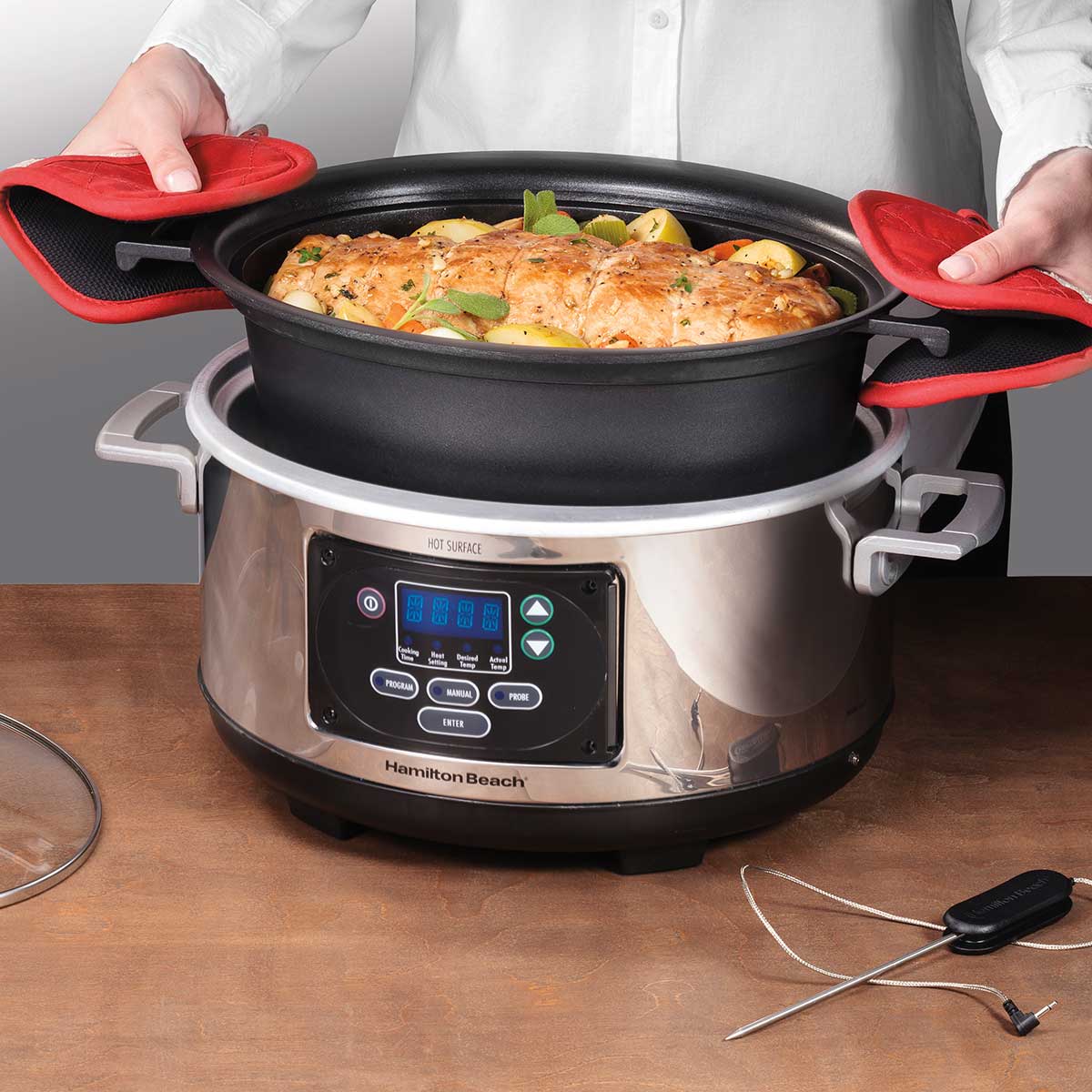

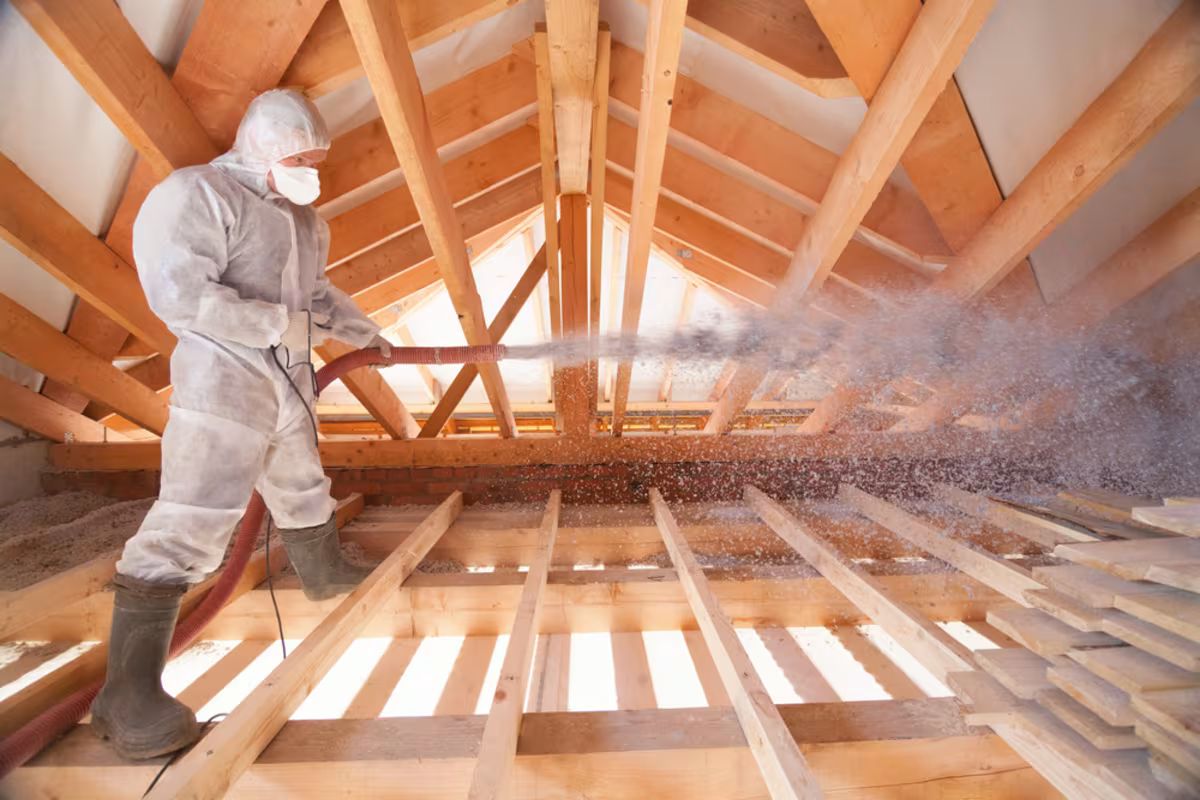
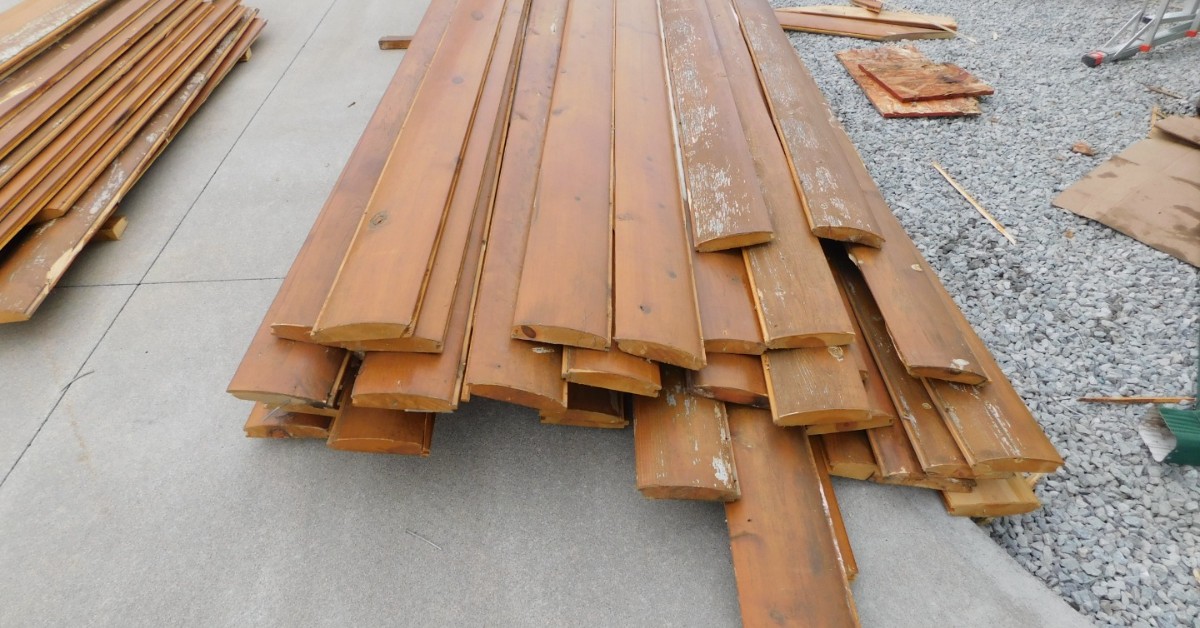

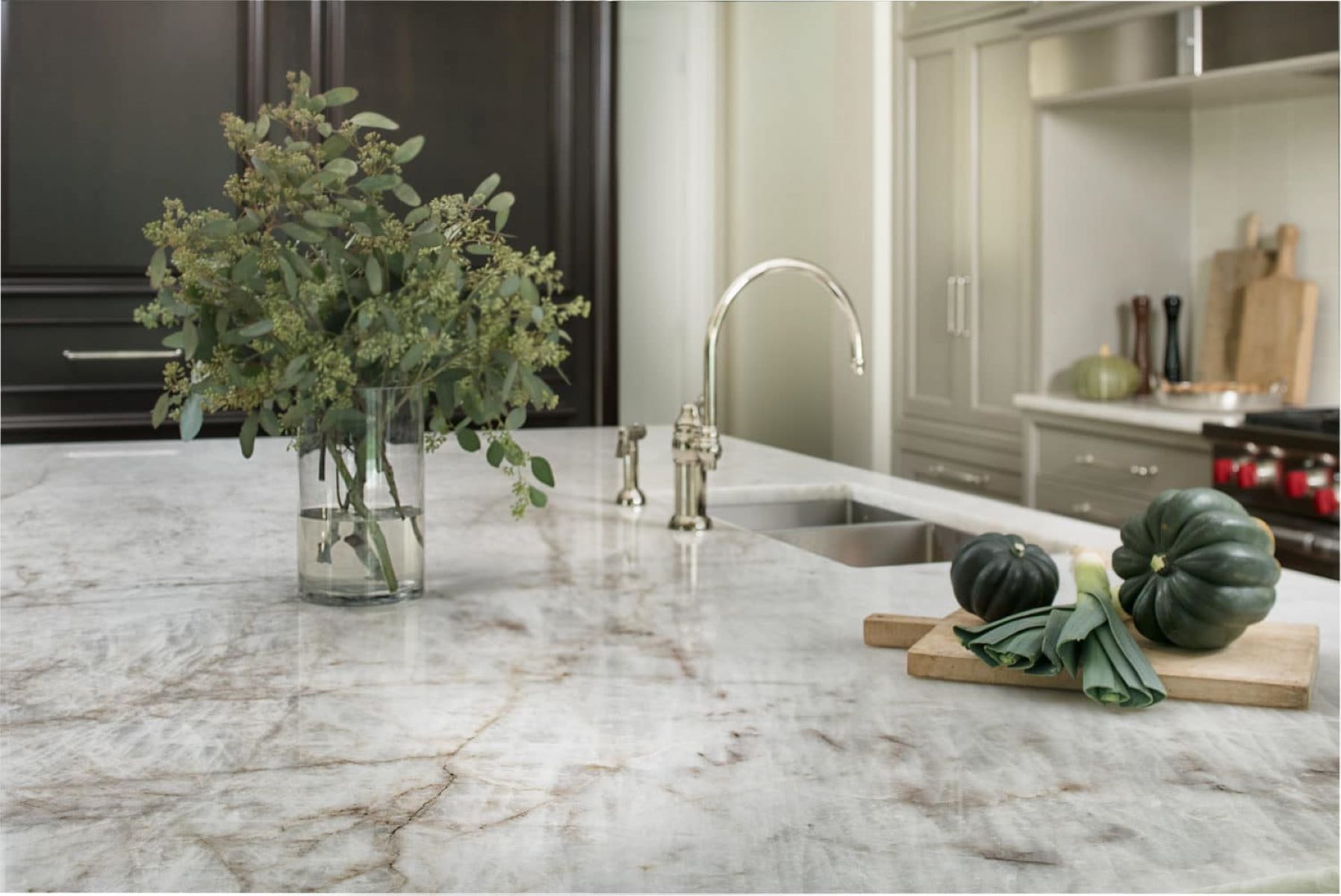
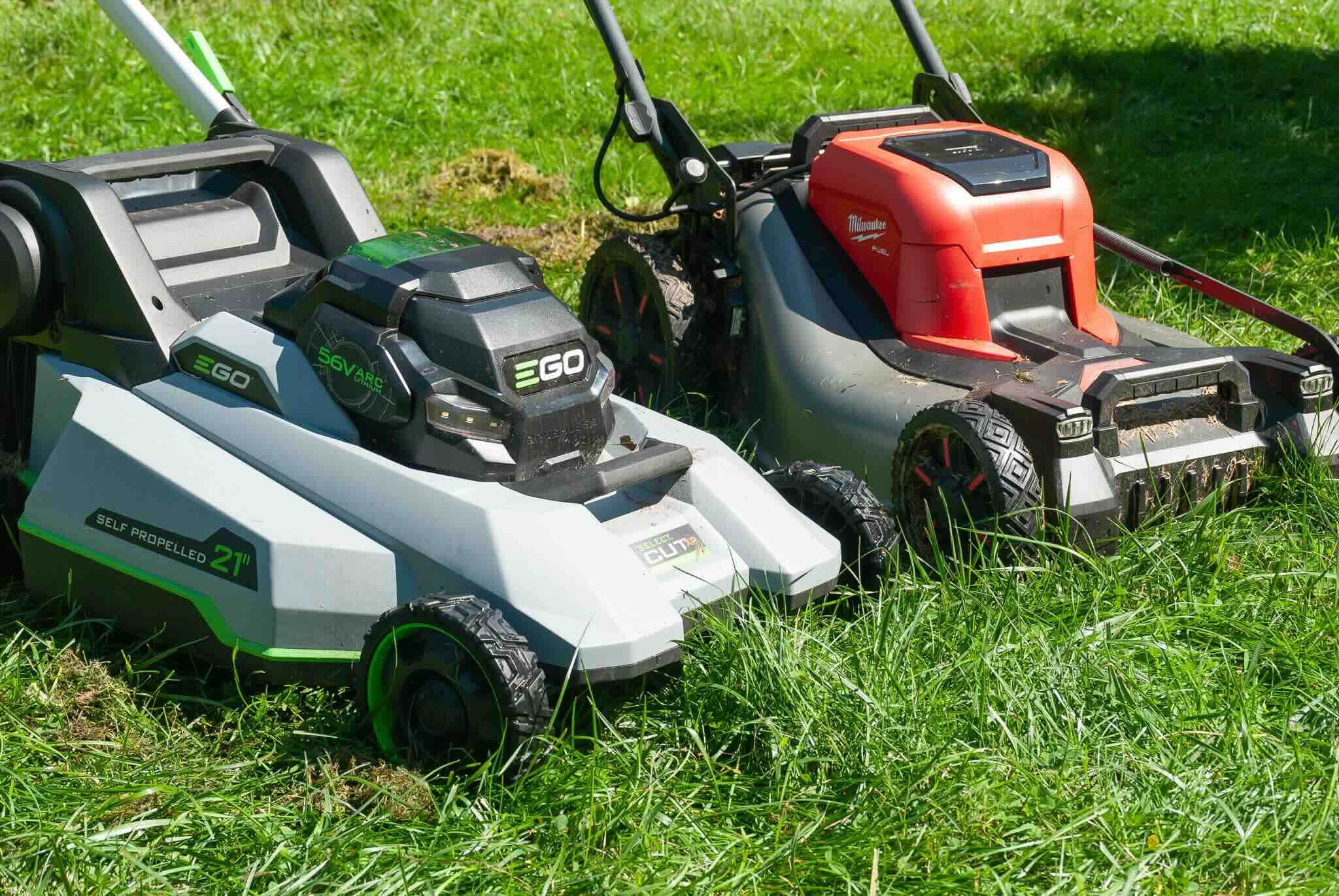
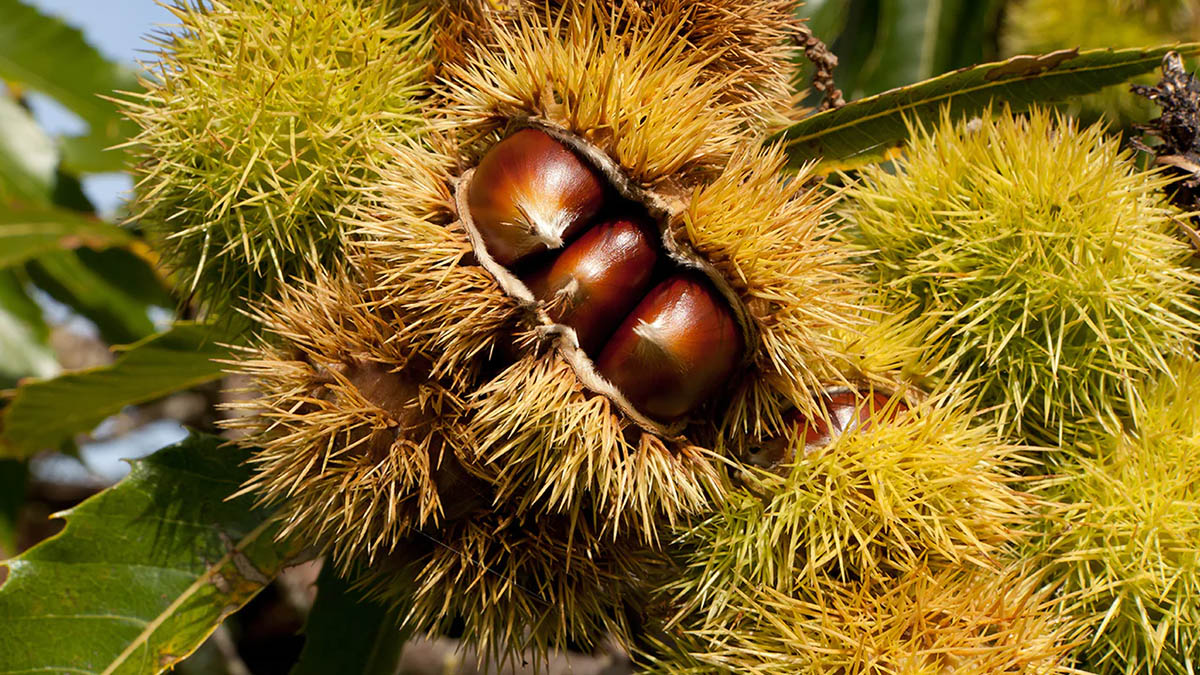
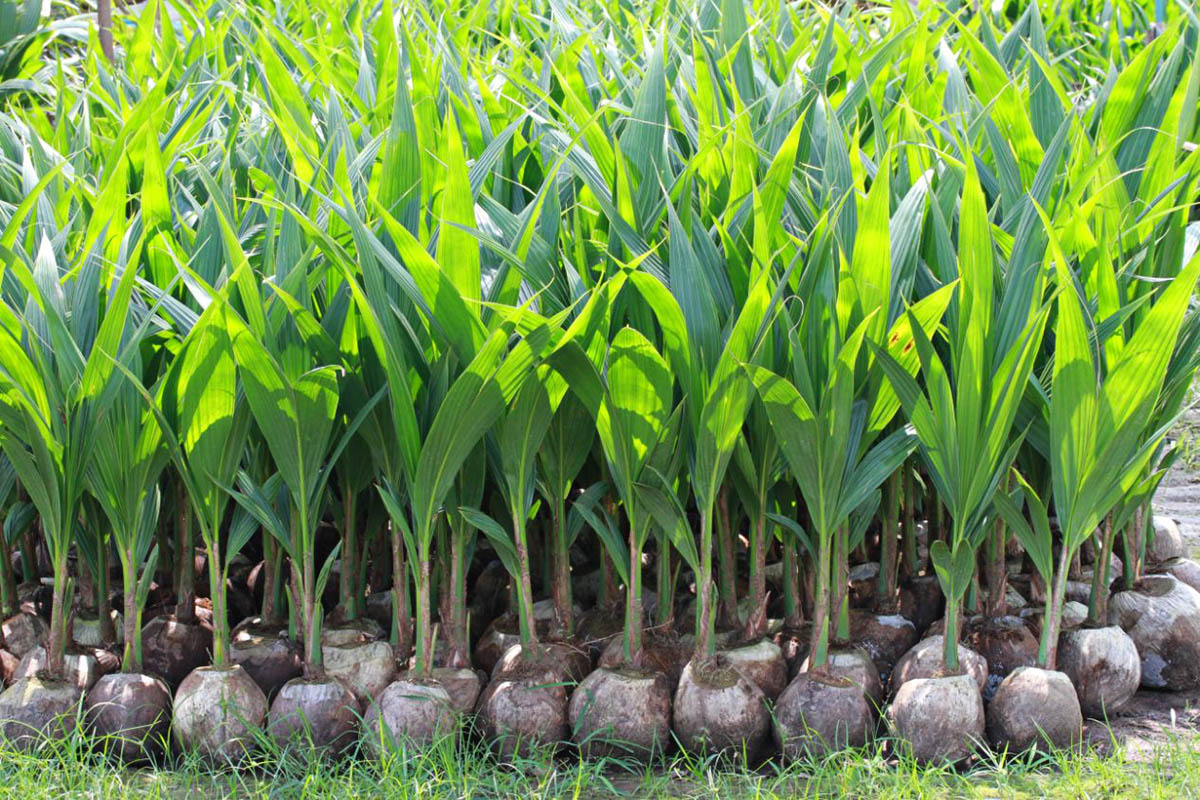

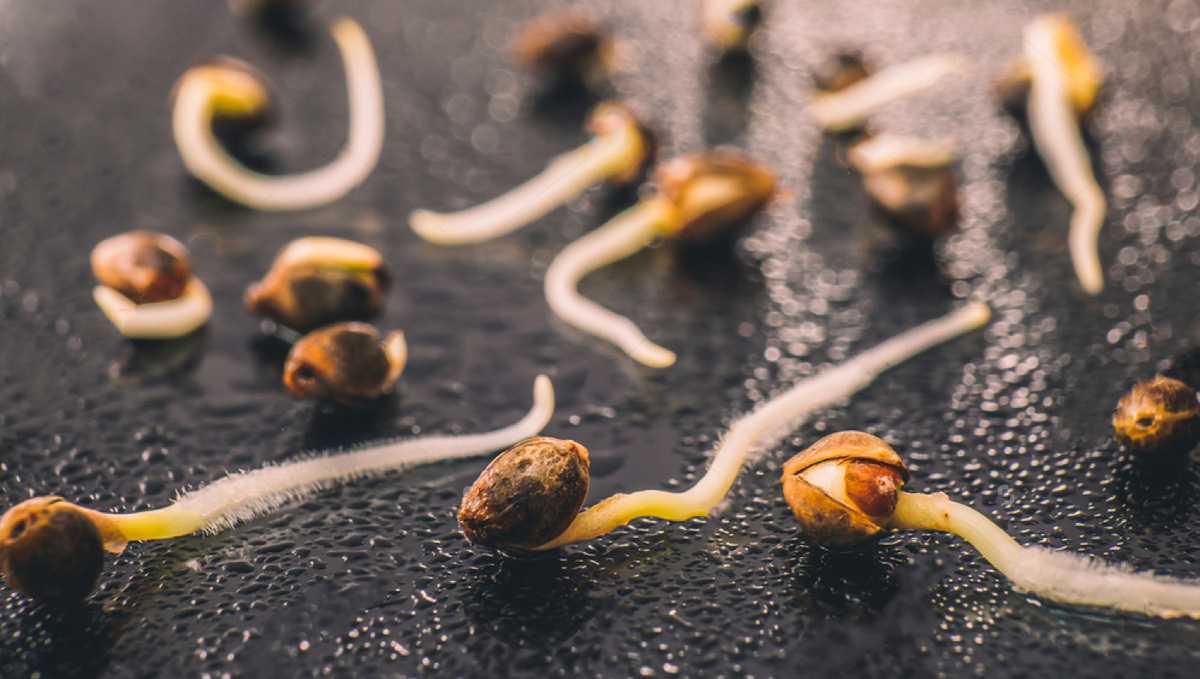

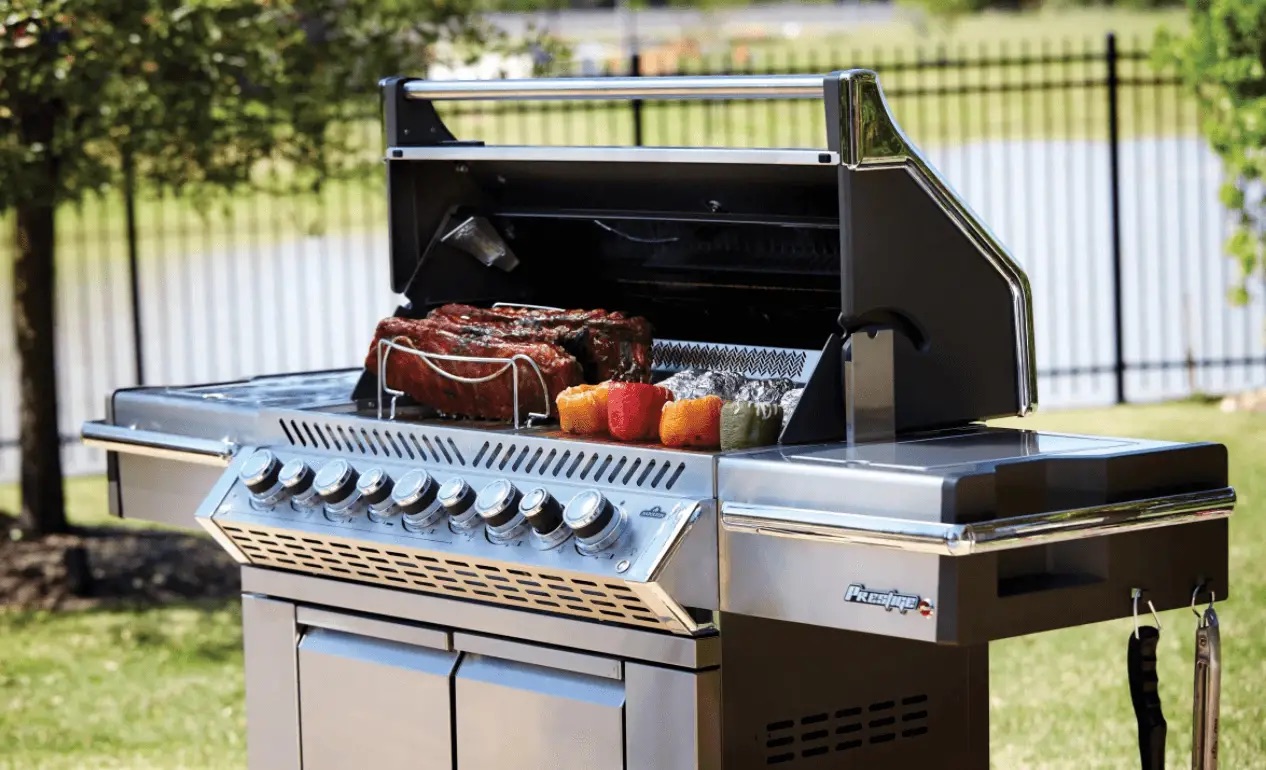

0 thoughts on “How To Germinate Forget-Me-Nots”